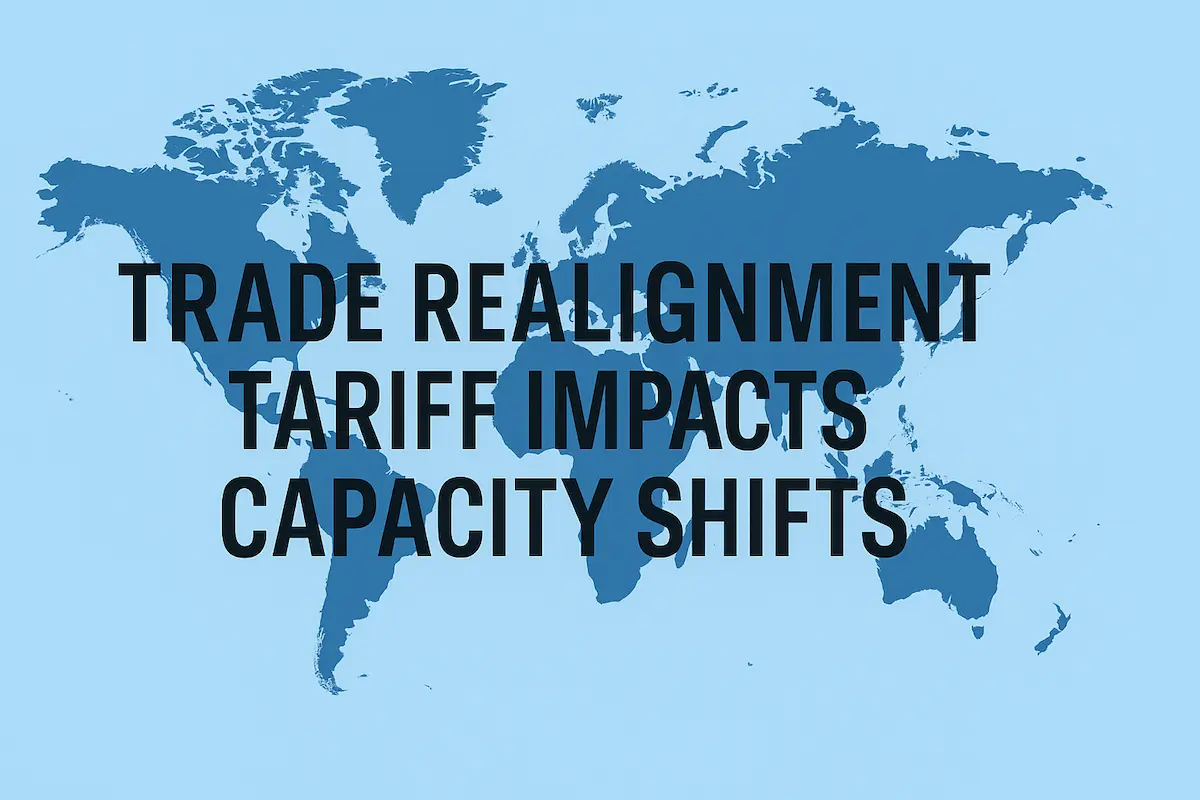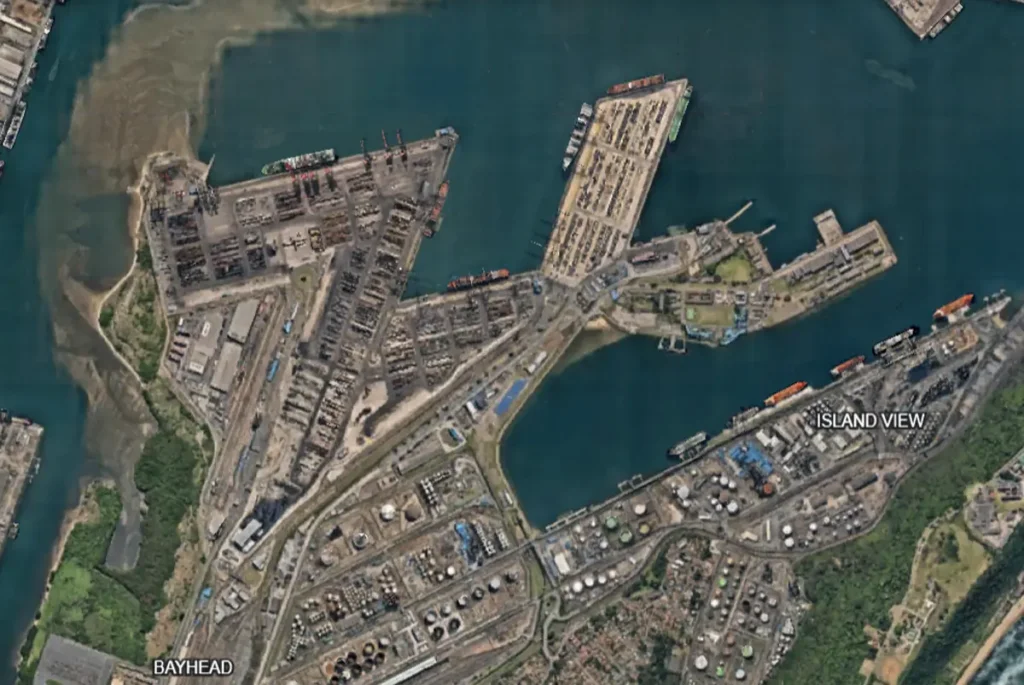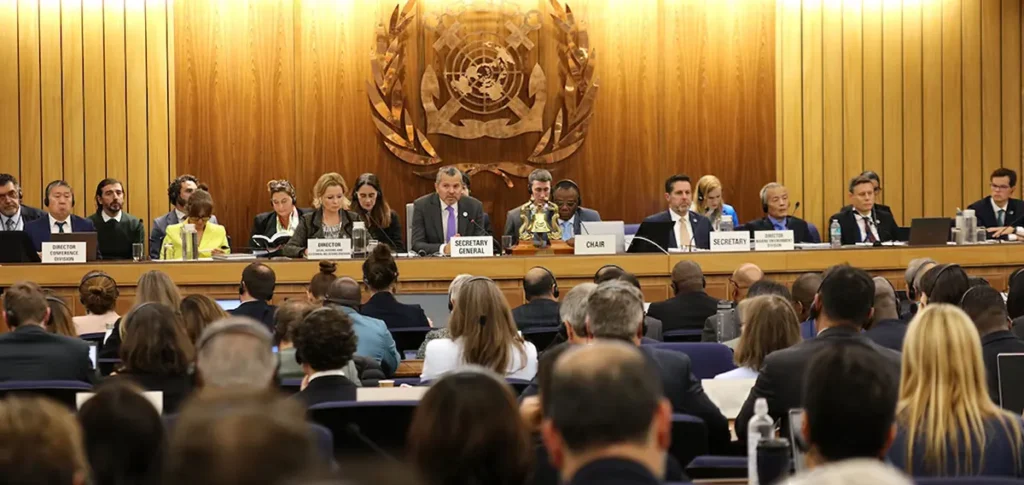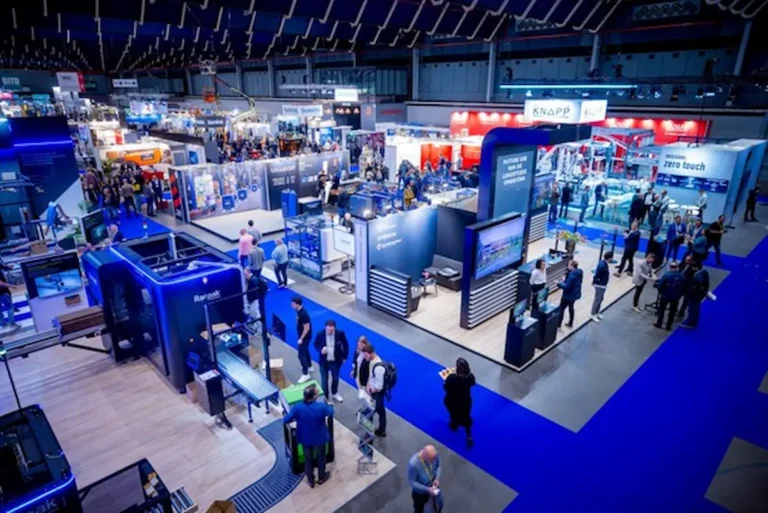Trade winds are shifting faster than ever, and staying ahead means keeping a close eye on the subtle (and sometimes not so subtle) movements shaping our industry.
Dimerco Express Group’s latest Asia-Pacific Freight Market Report for May 2025 highlights these changes, covering Geopolitical tensions, tariff upheavals, and capacity shifts that are rewriting the freight playbook as we know it.
Let us unpack the highlights and what they mean for supply chain leaders navigating this turbulent landscape.
Tariffs rattle confidence and accelerate sourcing shifts
It is no surprise that fresh tariffs from the United States — especially on Chinese imports — are sending ripples through global supply chains. But it is not just China feeling the pinch. Reciprocal duties on Canada and Mexico have added new wrinkles, forcing businesses to urgently revisit their sourcing and fulfilment strategies.
The report shows a clear pivot toward Southeast Asia and Mexico as companies seek refuge through existing trade agreements like the USMCA. Manufacturing is being redirected, shipping lanes are being redrawn, and the pressure to adapt has never been greater.
In short, those still clinging to traditional sourcing models may soon find themselves left behind.
Airfreight feels the squeeze as routes realign
The skies are not any calmer either.. With China’s T86 e-commerce shipping privileges suspended — and lingering uncertainty over new US trade measures — airfreight volumes have taken a notable dip.
Major carriers are hitting the brakes on charters, creating a domino effect on capacity. We are now seeing available airfreight slots being rechannelled toward Mexico and Latin America. Southeast Asia, however, remains a bright spot, buoyed by temporary tariff exemptions that have kept demand relatively stable, for now.
The message is clear: flexibility and forward booking are becoming survival skills in today’s air cargo market.
Ocean carriers respond with blank sailings
Meanwhile, over on the water, ocean carriers are taking matters into their own hands. A new wave of blank sailings is sweeping across the East-West lanes, particularly the Transpacific routes.
While the immediate effect is a modest bump in spot rates, the bigger story is about capacity control. Faced with softening demand and escalating trade frictions, carriers are prioritising profitability over volume — a trend that logistics planners must factor into their strategies going forward.
Simply put, “just-in-time” may soon give way to “just-in-case”.
Semiconductors enter the tariff crosshairs
Adding another layer of complexity, China has introduced regulatory changes that redefine the tariff treatment of semiconductors based on where the wafer fabrication occurs.
This might sound like an arcane rule change, but its impact could be seismic, particularly for US chipmakers. Component flows in tech supply chains are already showing early signs of disruption, and businesses heavily reliant on semiconductor logistics would do well to monitor this situation closely.
Once again, the need for diversification and contingency planning shines through loud and clear.
Regional dynamics: a mixed bag
The report paints a detailed picture of how different regions are grappling with these changes
- North America: Early peak season congestion, a tightening of available capacity, and strategic port shifts toward Mexico are lengthening lead times.
- Europe: Port congestion and labour shortages remain stubborn problems, leading to delays at major terminals.
- Southeast Asia: Export volumes are holding steady, but infrastructure bottlenecks and seasonal holiday backlogs are slowing turnaround times.
- Taiwan and South Korea: Demand for high-tech cargo remains strong, keeping air and sea capacity tight..
While some regions are adapting better than others, no one is immune to the ongoing volatility.
What the experts from Dimerco are saying
Alvin Fuh, Vice President of Ocean Freight at Dimerco, sums it up succinctly “Carriers have begun adjusting their network strategies in response to recent tariff and policy announcements. Logistics teams need to stay nimble, as regulatory complexity and shifting demand continue to drive freight volatility.”
Kathy Liu, Vice President of Global Sales and Marketing, offers further advice “The most resilient shippers are those who are rethinking sourcing, leveraging regional partnerships, and securing capacity weeks ahead to avoid surprises.”
Both statements capture a fundamental truth: adaptability is no longer optional — it is essential.
Why this freight report matters
In a rapidly shifting trade environment, waiting and watching is no longer a viable strategy. Shippers and logistics providers must embrace proactive planning, diversify sourcing options, and build stronger regional networks to withstand the uncertainty ahead.
Dimerco’s May 2025 Freight Market Report offers much-needed clarity at a time when the only constant is change. It is an essential resource for logistics professionals who want to move from reactive to resilient in the months ahead.
To access Dimerco’s APAC Freight Report of May 2025 report, click here.













